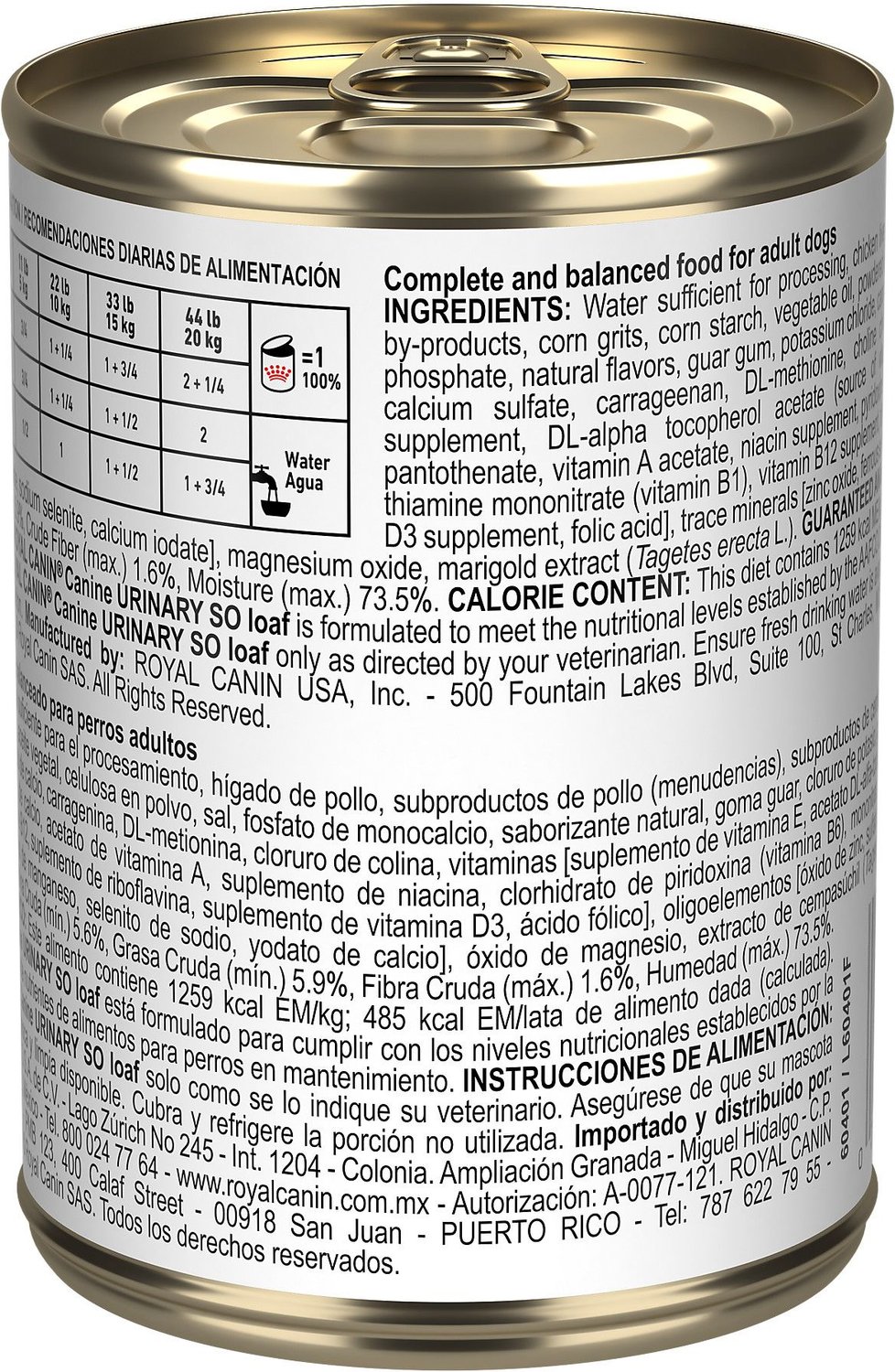Although dark urine in dogs is itself not a disease, it can be an indication that there is something wrong with your furry friend. In some cases, the issues leading to darker shades in their urine might be temporary and curable. In contrast, in others, there might be some insidious disease jeopardizing your beloved’s overall health. Knowing signs of dog sickness will help you identify chronic sickness in dogs before it gets too late.
If you are worried about your dog’s dark urine, you should continue reading: We have compiled a list of problems that could potentially lead to dark urine in dogs, along with their solutions and other symptoms.
Disclaimer:
The information in this article is for educational purposes only and should not be taken as a substitute for a vet’s opinion. This is a vet-approved article, but you still need to visit your vet’s clinic, as much depends on circumstances peculiar to each dog.
What is Normal Dog Urine Color?
While it is wrongly believed that normal dog urine is transparent, it is not the case. The normal dog urine color is pale yellow, which is also referred to as straw yellow, transparent yellow and pale gold, amber, and clear yellow.
Dark Urine in Dogs: Why is My Dog’s Urine So Dark?
1. Dehydration
Dehydration occurs due to a lack of water in the body. Water, being a vital component, is crucial for all essential body functions. If dehydration prolongs in dogs, it will not only lead to dark urine in dogs but would also cause multiple other problems, and in extreme cases, it can even cause death.
Causes
In dogs, many factors can lead to this condition. For instance, certain diseases such as diarrhea and vomiting can make a dog lose water in huge amounts. Likewise, some medical conditions do not allow canines to absorb enough water in the first place.
Climate can also be blamed. Though dogs may drink water in average amounts, they may end up losing a significant chunk of it due to hot weather. Similarly, if dogs sweat for any other reason, such as workouts, the water level in their body will lower.
In the end, dogs simply may not drink enough water because either the owners do not provide it or dogs themselves neglect it. However, it must be kept in mind that dogs need access to fresh and clean water 24/7, especially females when they are pregnant.
Did You Know?
On average, dogs need about one ounce of water per pound of their body weight on a daily basis.
Symptoms
- The inability of the skin to return to its normal position quickly when stretched
- Dry gums and nose
- Panting
- Thick saliva
Treatment
In case of severe dehydration, contact a vet immediately. Besides, you must also provide your dog with electrolyte solutions. On the other hand, if dehydration is normal, just rehydrate your dog, and he will be okay.
If your dog seems disinterested in water, you should switch to wet dog food and try offering him treats that are rich in water, like watermelon.
2. Liver Failure
The liver, an organ responsible for removing toxins from the blood, can significantly deteriorate the health of your dogs if it malfunctions. The liver is a vital organ, and its failure can lead to seizures, coma, and if left untreated, can even lead to death in dogs.
Causes
Either working alone or in tandem, many diseases can lead to liver failure in dogs. Though dogs can recover, considerable damage may occur to the liver, which cannot be repaired.
Top on the list of causes of liver failure in dogs is hepatitis, which is spread by viruses. Besides, diabetes, obesity, shunts, and tumors are also notorious for causing liver failure in dogs.
Likewise, different factors can make canines prone to liver failures, such as genetics and lifestyle.
Did You Know?
Shar-Pei dogs suffer from Shar-Pei fever, a condition leading to failure of the liver and kidneys due to the buildup of protein in them.
Symptoms
- Jaundice
- Hepatic encephalopathy
- Ascites
- Change in stool color
- Dehydration
Treatment
The prognosis of liver failure depends on its reason. For instance, if the failure has occurred due to tumor, cancer, or shunts, surgery will likely be required. Conversely, if an infection is involved, only medication would suffice.
3. Kidney Diseases
Responsible for removing waste, excess water, and acid produced by cells from dogs’ bodies, any malady in kidneys can have a detrimental effect on a dog’s overall health besides changing their urine color.
Causes
When malfunctioning, kidneys can still pass urine but with more amount of urea in it, leading to dark urine in dogs. The most common causes include kidney stones, nephritis, and renal failure.
Although these problems might go away through proper treatment, they can contribute to sufficient damage to kidneys, setting about a renal failure.
Symptoms
Different kidney diseases in dogs can have different symptoms; however, if renal failure occurs, it would be mostly asymptomatic. The general signs that your dog has some kidney issue are:
- Increased creatinine levels in the blood
- Dark urine in dogs
- Blood in dog urine
- Pain
- Incontinence
- Eating disorder
- Increased water intake
Treatment
Kidney diseases can be cured; nevertheless, kidney failure is permanent damage: it can only be managed but not reversed.
Fortunately, however, if the damage is either small or limited to only one kidney, the other kidney can compensate for the loss throughout the lifetime. In addition, dogs with good vet follow-up can live up to four years despite kidney problems.
4. Stones in Bladder
Bladder stones (uroliths or cystic calculi) are the hardened mineral masses formed due to crystallization. Though the formation of stones in the bladder has a lot to do with the already discussed problems, it can be treated as a separate issue in getting down to dark yellow urine in dogs.
Causes
Bladder stones can be caused by several reasons, including dehydration, bad diet, metabolic diseases, and infections.
However, certain theories exist that explain the formation of stones in a dog’s bladder, with the most accepted one being Precipitation Crystallization Theory. It says that crystalline compounds are present in high levels in urine due to different factors. When the urine becomes saturated with these compounds, the excess amount precipitates to form crystals.
Symptoms
- Hematuria (bloody urine)
- Dysuria (increased effort in urination)
Treatment
There are three main treatments for bladder stones: surgical removal of stones, urohydropropulsion (non-surgical removal of stones), and dietary dissolution (use of a special diet to dissolve bladder stones). However, if these options do not work, the fourth option of ultrasonic dissolution is also available.


5. Urinary Tract Infections
Urinary Tract Infection (UTI) is a common disease in dogs that can cause frequent and dark-colored urination. However, depending on the severity of the infection, the level of darkness can cross the shades of yellow color on the dog’s urine color chart, hueing around red or pink.
Causes
Although many factors can cause UTI, hygiene is the most crucial one. Bacteria can enter dogs’ urethral openings and travel upwards if their genitals are exposed to dirty matter and debris. The bacterium often responsible for UTI is Escherichia coli(or E. coli in short).
Other causes include cancer, diabetes, kidney issues, prostate disease, and spinal cord abnormalities. In addition, older female dogs are more predisposed to develop UTIs.
Symptoms
- Bloody or cloudy urine
- Frequent urination
- Dribbling after urination
- Excessive licking of the genital area
Treatment
Most of the time, antibiotics are the only treatment. Additionally, dogs might also need frequent hydration and fluid therapy sessions to ease the process.


6. Injury
Injuries, both internal and external, can darken the color of dogs’ urine without showing any obvious symptoms. It might be worrying because of the difficulty of diagnosing injuries, especially when they are on a small scale.
Causes
The injury that changes the urine color in dogs can occur either near the urethra or internally. In the former case, the blood will be fresh and mixed with urine to make it reddish. In the latter case, the blood enters the urinary tract, and the urine displays a rusty or brownish look.
Symptoms
There are not many symptoms of injury. Nevertheless, some dogs might limp on their back legs.
Treatment
Vets can tell best what treatment in case of injury should be given. However, mostly, it is surgery, especially if the injury is internal.
7. Poisoning
The curiousness and carelessness of our dogs often lead them into trouble; they often end up eating something that they were not supposed to eat. Eating something that is listed as toxic to dogs, such as chocolate, grapes and raisins, rat poisons, etc., can lead to extreme deterioration of dog’s health and even death depending on the amount consumed.
Causes
Poisoning can occur in dogs mainly in three ways:
- Contacting the skin: Venom can be absorbed into the body of dogs if it makes itself onto their skin.
- Breathing: Toxic substances can be inhaled by dogs accidentally.
- Ingestion: Eating toxic food can lead to poisoning. For instance, dogs eating chocolate are at such risk.
Caution!
In general, dogs can eat human foods without any complications. However, some of these, such as chocolate, can be very poisonous for them. It is, therefore, recommended to feed your dog the same edibles that you eat only after consulting a vet.
Symptoms
- Vomiting
- Breathing difficulties
- Drooling
- Sickness
- Diarrhea
Treatment
When poisoning occurs, it is recommended to take pets to a vet immediately instead of trying home remedies—it may cost you your furry’s life. It is an emergency that experts can handle far better. However, owners must keep their calm and act as quickly as possible.
You may also want to ring Pet Poison Helpline and have experts help you help your pooch.
Final Thoughts: Why There Is Dark Urine in Dogs?
The most common causes of dark urine in dogs involve dehydration and liver and kidney issues. But other medical conditions like bladder stones, urinary tract infection, injuries, and poisoning may also lead to dark urine in dogs. You may try to make your dog drink more water, but if drinking more water does not resolve dark urine in your dog, you must take your pooch to a veterinarian—dark urine might be an indication of an underlying health issue in your dog.





